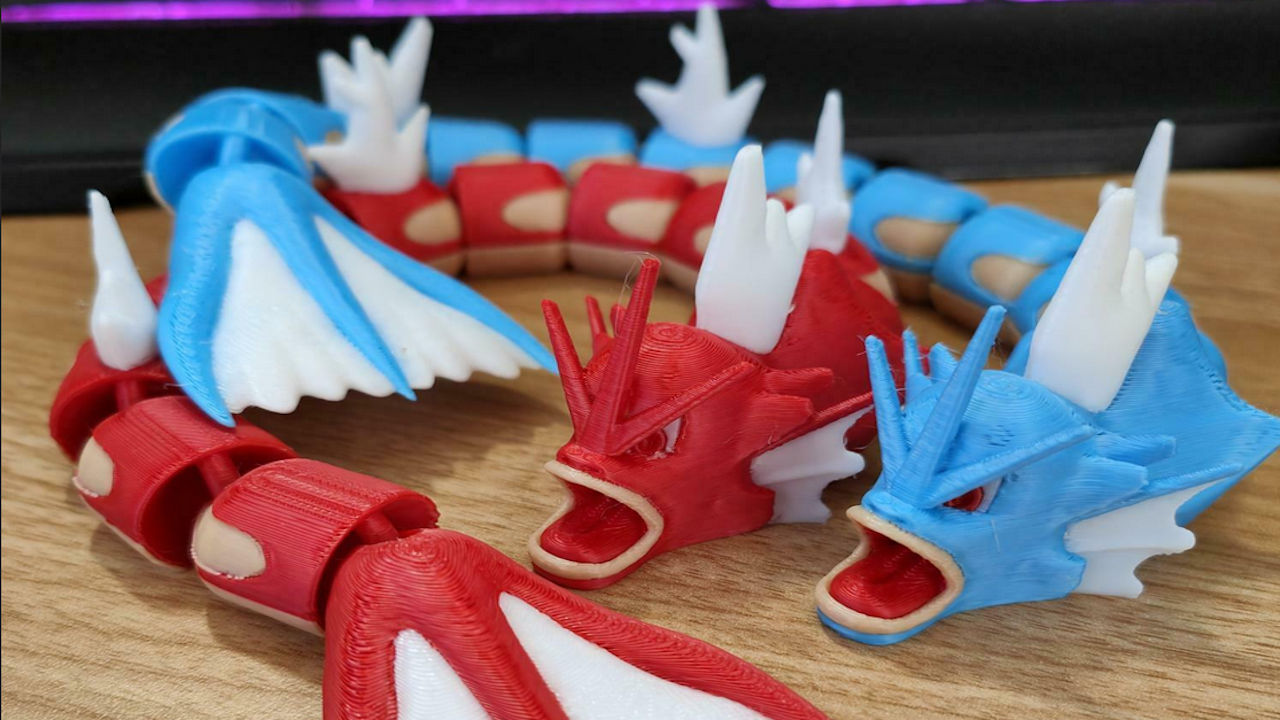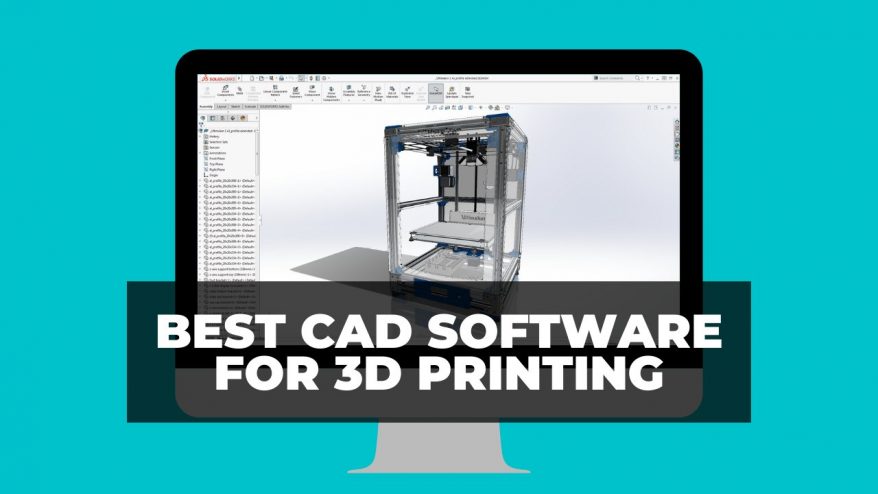
Daz Studio: Powerful 3D Modeling Features & Limitless Assets


At 3DSourced we’ve covered everything 3D printing and 3D since 2017. Our team has interviewed the most innovative 3D printing experts, tested and reviewed more than 20 of the most popular 3D printers and 3D scanners to give our honest recommendations, and written more than 500 3D printing guides over the last 5 years.
Daz Studio has gone from strength to strength over the years, cementing itself as one of the most versatile, powerful and feature-rich 3D modeling software packages around.
Not only do you get access to the powerful tools available within Daz Studio — read on to find out more about these! — but you also get access to Daz’s unbelievable range of 3D assets and characters you can use and design with. And best of all, it’s free to download!
We were fortunate enough to speak with Daz 3D about their most exciting new features, recent achievements and plans for the future, as well as their position on open source software.
- You can read more about Daz Studio and its extensive feature list here.
What recent achievements are you at Daz 3D most proud of, having developed Daz Studio for over a decade?
Daz 3D has taken tremendous steps to continue to bring powerful 3D content and software to every 3D artist, from beginners to professionals. In the past year we’ve developed the new Daz Bridges, which port our astounding, versatile, and high quality 3D content to Maya, Unreal, Unity, Cinema 4D and 3ds Max so users can keep working where they’re most comfortable with the best content available.
Daz 3D and Tafi are also forging new strategic partnerships with industry leaders like Samsung, VRChat and Sinespace, among others, to bring our Avatars and Character System to engaged and active users everywhere.
We’ve continued to make meaningful updates to Daz Studio to give users cutting edge technology and functionality — our newest version, Studio 4.14 gives users the Filament Render Engine and Viewport, which drastically decreases the wait time to render and gives you a near real-time preview of how your render will look as you’re working on it.
And last, we’re perhaps proudest of our global network of Daz Published Artists. These 3D designers and artists are the driving force behind our product library and the amazing 3D content Daz is able to offer all of our talented and enthusiastic users.
What inspired you to open up Daz 3D’s assets with Daz Bridges — allowing anyone to import Daz assets into a host of other 3D modeling software?
Daz wants to make sure that every 3D user has access to the best 3D content available, no matter where they work. Daz Studio is a powerful and free software, but other platforms are preferred by users according to their workflows or specific projects like apps and games.
The new Daz Bridges open up the Daz Product Library and give 3D creators everywhere the most functional, versatile, and good-looking content available. These open-source Bridges help artists and designers create, share and explore the 3D art world with vigor, which helps Daz 3D’s mission of helping to build a strong, talented and diverse artistic community.
Regarding the Daz Filament Viewport, it now allows designers to see their renders post-render in real time without rendering. How did this come about, and how important do you think this will be in the future?
The Filament Viewport is a huge development for Daz 3D and our active user base, and a functional real-time viewport is something that the community has wanted for a very long time. The Filament Render Engine and Viewport were pretty difficult to bring to fruition, but our designers worked around the clock to implement them.
Because Filament is a PBR, or physics-based renderer, users are able to see a more accurate reflection of light collisions as they happen, and are able to see what their artwork looks like as they’re building it. This is a stark difference from other render engines, where users have to wait to render to see how specific parts of their image will look when finished (like lighting or your background), and after waiting for a long render time, mistakes stick out like a sore thumb. With the Filament Viewport, you can see the value and effect of your adjustments in real-time, which is invaluable in 3D content creation workflows.
Filament also makes use of systems that might not be specifically outfitted for 3D work and rendering — this PBR renderer takes full advantage of less developed computer systems, and still works in a fraction of the time.
As far as Filament’s future is concerned, it’s working fantastically on lower-end systems while still being lightning fast. We’re excited to see how far we can push this render engine, and how we can use it to continue to make 3D content and software available to everybody. We think Filament’s functionality and power mean it will be around for a long time, and we’re sure we’ll see it emulated on other platforms.
Daz Studio’s dForce Movement Simulator promises to transform previously static surfaces like clothing and hair. How big do you think this could become in the future, and do you have more plans for these features?
Once dForce came out, the reaction was overwhelming, and the amazing art that has been done with that technology by our community and artists never fails to amaze.
More than anything else, dForce is a faithful physics simulator that mimics realistic movement. The applications for realistic physics simulation in 3D are huge, and at Daz we’re always looking to build the next step. Suffice to say we’re already working on what comes next, and we hope that it’s as exciting, dynamic, and game-changing as dForce!
Both Bridges and Filament are promoted as open source projects. What inspired this? How committed is Daz to open source going forward?
What a great question! Since offering Daz Studio to every user for free almost a decade ago, Daz 3D has recognized that community is the primary driving force in 3D art. We’re only as strong and competent as our artists, our developers, and our users are together.
The Open-Source philosophy promotes openness, collaboration, and flexibility. That means that any user can observe, adjust, and use the code according to their own needs, and come up with their own creative solutions to any limitations that may be there. With continued feedback from our community, we can take these technologies further than we could imagine, and faster than we thought — we’ve already released an updated Daz to Maya Bridge built off of feedback from our users!
Daz is always committed to making 3D content, software and artwork accessible to everybody, and making open-source projects is a huge part of that. Ultimately, we’re inspired by our community and we need their feedback to continue to move these bridges and other projects forward and make sure that they work for everyone, and across a variety of platforms.





















